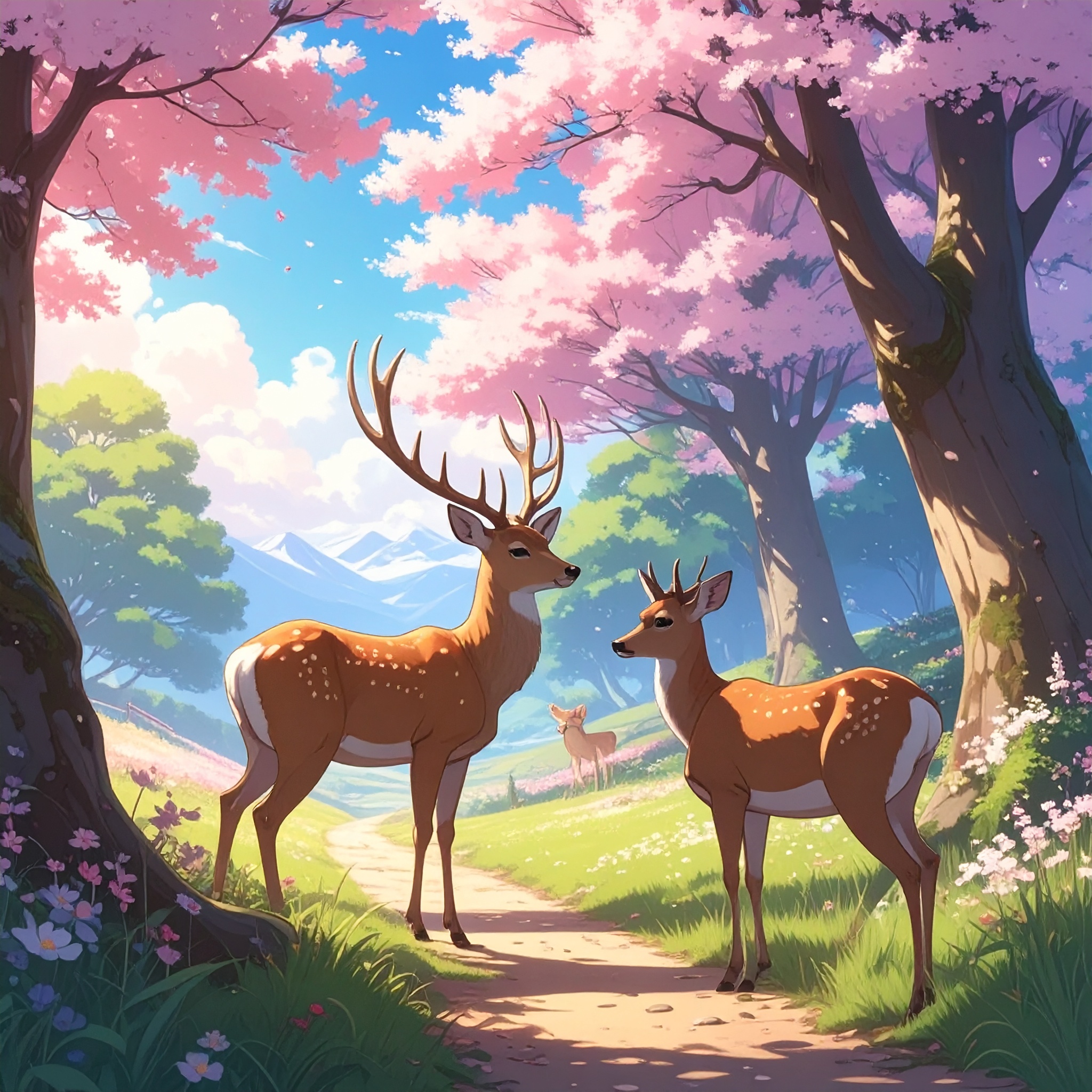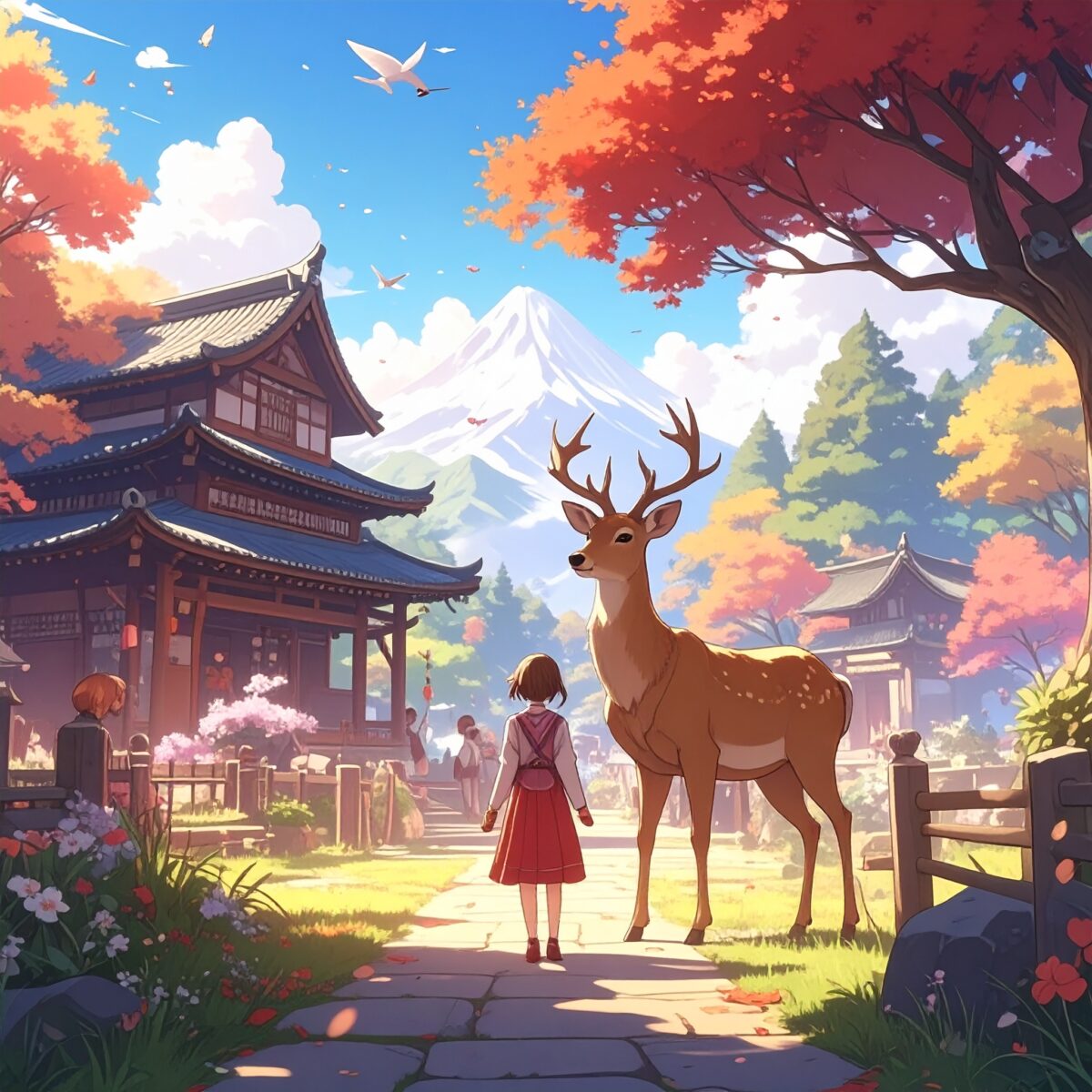While traveling through Japan, one of the most unexpectedly magical places I discovered was Nara. With its historic shrines and temples, vast parks, and—most memorably—its freely roaming deer, the city felt like something out of a fairytale. I was a little nervous at first, but the moment I saw a deer bow gently in front of me, it was as if I had stepped straight into the pages of a picture book.
Walking through Nara Park, you’ll find deer everywhere—crossing streets at crosswalks, weaving calmly through crowds of tourists, or napping peacefully in the shade. They move with quiet confidence, completely at ease among humans, and carry an aura of dignity, like ancient guardians of the city.
At the tourist center, I bought a bundle of special deer crackers called shika senbei. No sooner had I begun walking with them than deer began to approach, seemingly out of nowhere. It can be a little intimidating at first, but many of the deer are surprisingly polite. They hold your gaze with curious, intelligent eyes. When you timidly hold out a cracker, some will respond with a gentle bow—an astonishingly graceful gesture that fills you with awe and delight all at once.
This bowing behavior is said to be something the deer have learned through years of peaceful interaction with visitors. A silent exchange—“I bow, you share.” While some deer can be a bit more forward, they’re more endearing than aggressive, expressing their interest in a way that’s almost charming.

In Nara, the deer don’t just live in the city—they live with it. These graceful creatures are deeply woven into the cultural and spiritual fabric of the area. Revered since ancient times as messengers of the gods, they have long been protected and cherished. It’s this sacred relationship that allows such a peaceful closeness between humans and nature here. Even the street signs and public art feature deer illustrations, a gentle reminder of how special they are to this land.
Meeting the deer was more than just an animal encounter—it was a moment that revealed the quiet story of the place itself. Amid the crowds and temple paths, I could feel the connection between the natural and the spiritual. Walking alongside a deer down the path to a shrine, I felt an unspoken harmony that still lingers in my memory.
Sitting on a park bench and watching the scene unfold—fawns playfully nudging their mothers, proud deer surrounded by curious tourists, others napping in patches of sunlight—I felt time begin to slow. The setting wasn’t staged or manufactured; it was simply, gently real.
Encountering the deer of Nara offered a kind of healing that can’t be found in sightseeing alone. It was a quiet moment of understanding, of stepping into the rhythm of the land. Even without taking a photo, the experience imprinted itself deeply in my heart and mind. There was no performance—just the calm passage of unhurried time.
When I return to Nara someday, I know I’ll want to greet the deer once more. And when I say, “I’m back,” I’m sure one of them will meet my eyes with that same unwavering gaze. In their silent presence lies a kindness that speaks without words—one that gently softens the heart of every traveler who meets them.




